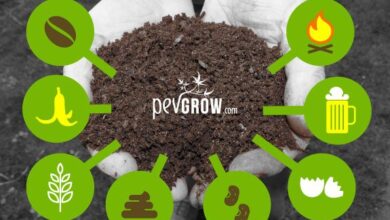Moisture mealybugs (Porcellio scaber): [Characteristics, Detection, Effects and Treatment]
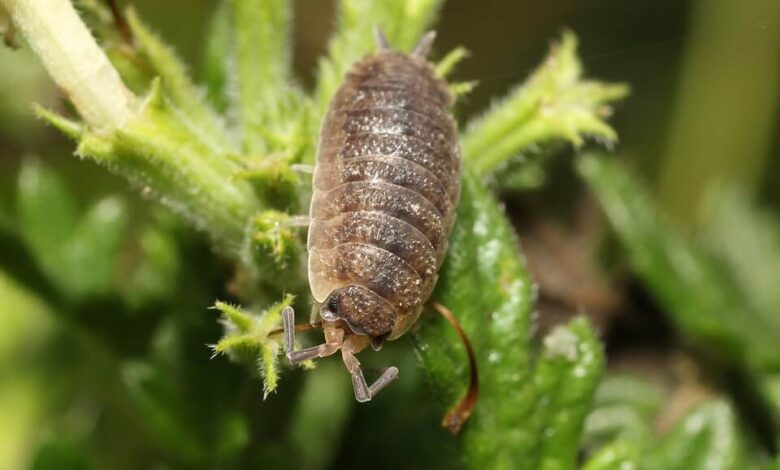
What are moisture mealybugs?
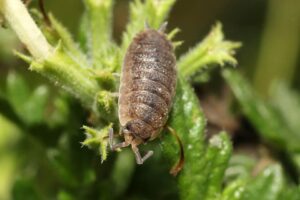 The so-called moisture scale, also known as the marranito and the ground pig, which bears the scientific name Porcellio scaber , comes from the Porcellionidae family . It is a crustacean of the order Isopods.
The so-called moisture scale, also known as the marranito and the ground pig, which bears the scientific name Porcellio scaber , comes from the Porcellionidae family . It is a crustacean of the order Isopods.
This order contains about 4,000 species, where most live in the sea and others in fresh water, as well as terrestrial ones.
It is very present in the central European region and in the western part. For example, it is one of the most prevalent species in the United Kingdom, along with 4 other highly prevalent species.
And in Australia, this variety abounds in gardens, perhaps the most common of all. It is fascinated by living in the midst of high humidity, although it is much less dependent on water than other species such as Oniscus asellus.
The reason is important: these mealybugs are the only crustaceans that have managed to survive outside marine environments, thanks to an excellent ability to adapt to terrestrial life, since their anatomy retains water. That is why they seek to live in ecosystems with high humidity.
These oniscids have derivative genera scientifically classified, where species that live in the North American territory stand out, such as Porcellio laevis and Porcellio scaber. The Milpies species correspond to the Chilopoda or Diplopoda class. They have nothing to do with P. sacver or P. laevis.
How can we identify them?
These crustaceans from the ranks of the eumalocostraceans have certain characteristics that allow them to be located in many categorizations. Also known as a ball bug, it is a very curious animal that can easily be mistaken for an insect, if not. Let’s see some of its most relevant characteristics:
- They are terrestrial isopod crustaceans, measuring a maximum of 1-2 cm in length.
- They have an ovate-shaped body, without a shell, with short legs and gray in color, but darker towards the bottom. There are also brown specimens and even covered with spots on the edges and all over the top.
- It lives in places of great environmental humidity, without development of the larval stage. Its development, consequently, is direct. But since they have gills, they need places of good humidity, so they will never be seen in dry environments.
- The female mealybug has an egg holder, called the ootheca.
- They have two antennae that protrude from the head, very important for communicating with each other and for looking for food, since they have a great sensory capacity.
- The eyes of these crustaceans have very poor vision, but are highly sensitive to light and the thorax is divided into 7 well-defined segments.
- It also has 7 pairs of short legs, but in females they have a widened area where they keep the eggs they need to deposit. It is a kind of embryo sac similar to a tiny pouch that they develop when they have been fertilized, located at the end of the 7th abdominal segment.
- In males, the first two legs serve reproductive functions .
- They have a defense mechanism that allows them to achieve the excretion of a smelly and sticky powder that, although not very effective, drives away enemies.
- Night activity is predominant.
- They reproduce, like the rest of terrestrial crustaceans, during the hottest time of the year. And they carry out 3 annual layings, with a number of eggs that vary between 100-300.
What plants do moisture bugs affect?
The diet of these crustaceans is based on decomposing plants and organic matter, so it will be easy to get them under the mulch of the plants.
How to combat mealybugs from moisture?
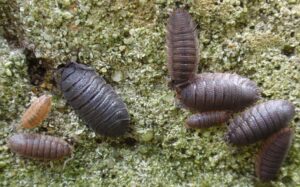 It should be noted that moisture mealybugs, when they appear normally in gardens and crops, can serve as food for other animal species, thus helping to enrich the land they occupy.
It should be noted that moisture mealybugs, when they appear normally in gardens and crops, can serve as food for other animal species, thus helping to enrich the land they occupy.
So contrary to what might be believed, they should not be eliminated. Quite the opposite. These crustaceans are usually marketed, as is the case with the Porcellio scaber orange species, for their controlled introduction, as they are excellent substrate cleaners .
Porcellio scaber have a large percentage of protein, (calculated at 41% DM) so together with others such as fat (12% DM) and fiber (15% DM) and its mineralized exoskeleton contains high levels of calcium, magnesium and iron .
However, when they become an annoying pest, they must be dealt with promptly because they can ruin the entire plantation and bring economic losses. Fungi also form when they are present, and this inevitably indicates that the humidity is high.
The red hunting spider (Dysdera crocata) is one of their staunch natural enemies.
What are the best products to remove mealybugs from moisture?
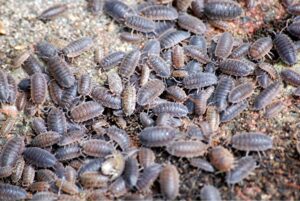 The red hunting spider (Dysdera crocata) is one of their staunch natural enemies.
The red hunting spider (Dysdera crocata) is one of their staunch natural enemies.
Various laboratory tests have shown that scale insects are food for many animals, which does not mean that they are exposed to extinction.
Animals like hedgehogs, toads, owls, shrews and frogs, consume them.

![Photo of Onion Fly (Chortophila antiqua): [Characteristics, Detection, Effects and Treatment]](https://www.complete-gardening.com/wp-content/uploads/2022/08/onion-fly-chortophila-antiqua-characteristics-detection-effects-and-treatment.jpg)
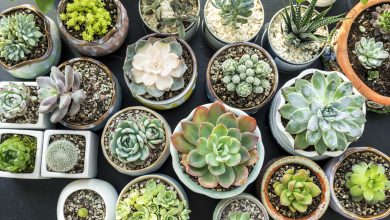
![Photo of Carnation Cuttings in Water: [Concept, Time, Rooting and Sowing]](https://www.complete-gardening.com/wp-content/uploads/2021/06/Que-significa-plantar-por-esquejes-6-390x220.jpg)
